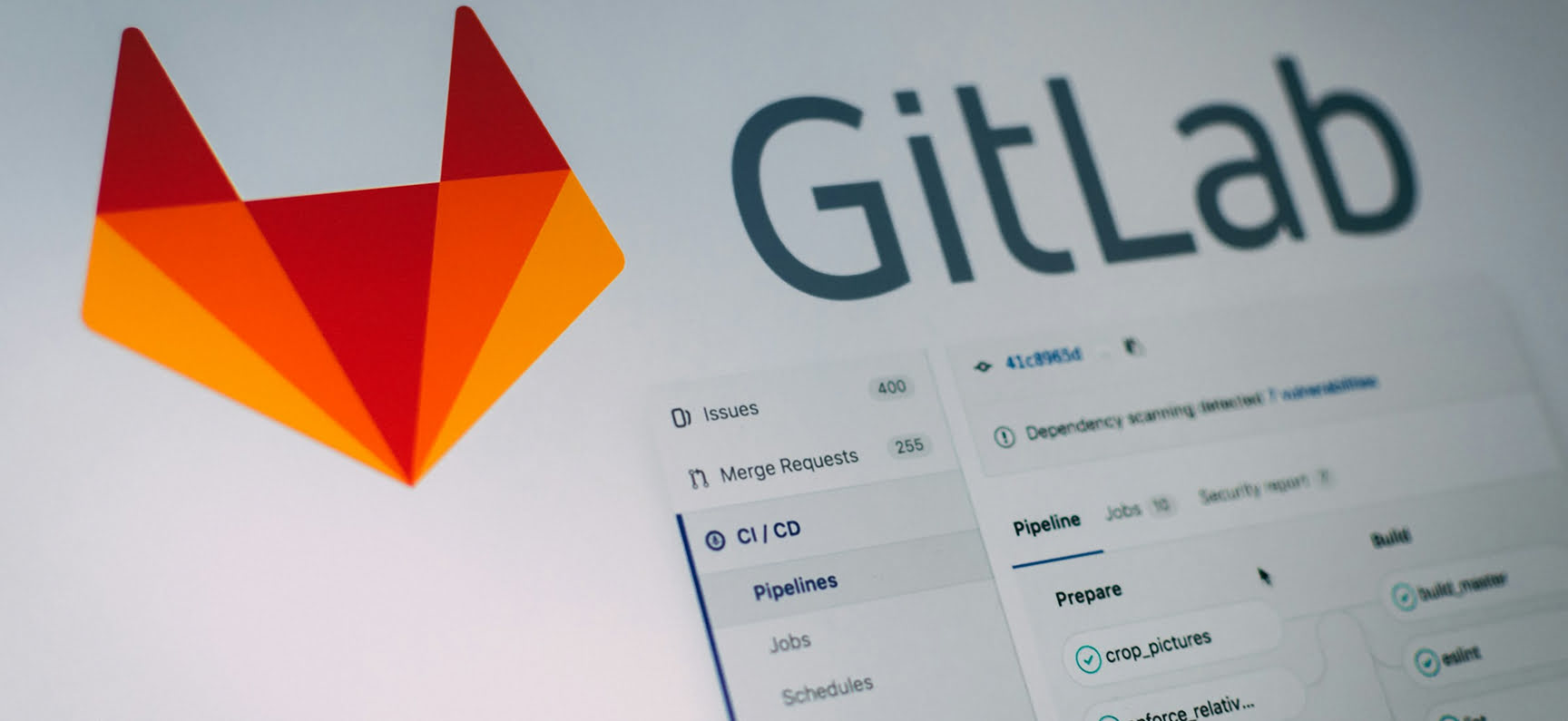In today’s high-stakes digital economy, migrating to the cloud isn’t just a technical move – it’s a strategic decision that impacts every part of your enterprise. Whether you're considering public, hybrid, or private environments, choosing the right cloud computing migration strategy sets the tone for performance, cost efficiency, and future scalability.
But with multiple options on the table – from “lift and shift” to full-on refactoring – how do you know which migration path is best for your applications and data? The truth is, the best cloud migration strategy for enterprise success isn’t one-size-fits-all. It depends on your architecture, scalability goals, budget, and how critical the workloads are.
Let’s unpack the different strategies, identify the key decision points, and help you build a roadmap that’s smart, secure, and built to scale, without slowing your business down.
What is Cloud Migration Strategy?
Application migration to cloud strategy is your enterprise’s game plan for moving workloads, applications, and data to a remote infrastructure environment. It’s not just about picking the right tools – it's about choosing the right approach based on your current architecture, future goals, compliance needs, and budget.
Some applications may need minimal changes before moving to the remote infrastructure, while others require a complete overhaul. This is where the popular 6R and 7R cloud migration strategy frameworks come into play.

The 6Rs (and 7Rs) of Cloud Migration
When enterprises begin planning their transition to the remote infrastructure, choosing the right path can make or break the entire effort. That’s why organizations rely on the 6Rs remote infrastructure migration strategy – a proven framework that acts as a guide for evaluating each application and determining the best approach. These different types of cloud migration strategies in cloud computing aren’t one-size-fits-all – they’re designed to meet the unique technical and business requirements of each workload.
The 6 Rs (Rehost, Replatform, Repurchase, Refactor, Retire, Retain) – often expanded into the 7Rs with Relocate – give enterprises a structured way to plan and execute large-scale transformation without compromising on performance or future scalability. Some teams refer to these strategies as 6 rd approaches (six rational design strategies), highlighting their strategic intent.
| Strategy | Definition | Use Case |
| Rehost (Lift and Shift) | Move apps to the remote infrastructure with minimal changes | Fastest path, great for legacy apps |
| Replatform | Make light optimizations for the remote infrastructure | Useful when small improvements bring big gains |
| Repurchase | Switch to a new SaaS platform | Ideal when current software is outdated or not cloud-compatible |
| Refactor (Re-architect) | Rebuild the app for native infrastructure | Best for scalability, agility, and long-term ROI |
| Retain | Keep the app on-prem temporarily | Works for apps with regulatory or operational limitations |
| Retire | Decommission unnecessary apps | Reduces clutter and cost |
| Relocate (7R) | Move entire systems (e.g., VMware) to the remote infrastructure without changes | Good for bulk moves of virtualized environments |
How to Get Your Cloud Migration Strategy Right
A successful cloud data migration strategy requires more than choosing from the 6Rs. You need a comprehensive, full-stack approach that includes:
- Assessment: Map all workloads, interdependencies, and business value
- Strategy alignment: Match types (e.g., lift-and-shift, replatform) with app needs
- Security by design: Involve cloud security consulting early
- Proof of concept: Validate strategy with low-risk apps before scaling
- Model selection: Choose between public, hybrid, or multi-structure
- Platform alignment: Consider environments like Microsoft Azure or Amazon AWS depending on your stack
Pro tip: Cloud migration consulting firms like Artjoker can streamline this process and reduce risk.
Biggest Mistakes Made in Cloud Migration Strategy
Remote infrastructure projects can go sideways fast if you’re not careful, especially if you skip the fundamentals that support long-term success. One of the most overlooked elements is making the wrong decision point for choosing a cloud application migration strategy. Every application has different technical debt, architecture, and usage patterns, and without proper analysis, applying the wrong strategy can lead to inflated costs and performance issues.
Here are the top mistakes enterprises make when executing the 6R cloud migration strategy or the 6 strategies for migrating applications to the cloud:
- Skipping the assessment phase entirely
- Using the same method across all workloads (spoiler: not everything can be lift-and-shift)
- Ignoring long-term remote infrastructure cost governance
- Leaving DevOps out of the loop (remember, DevOps infrastructure automation is essential!)
- Underestimating compliance and security risks, especially in regulated industries
- Failing to plan for backup, rollback, or recovery options

Even if you’re working from the best cloud migration strategies 7Rs, success depends on your ability to balance speed with precision. That means implementing cloud migration strategies with full stack solution designs, not patchwork plans or rushed timelines. The right strategy is about more than technical tasks – it’s about understanding your business priorities, timelines, and goals from the start.
Expert Opinion «Too many companies rush into the cloud thinking it’s just about infrastructure. But a successful migration is about alignment – it’s aligning technology with business goals, aligning apps with modern architectures, and aligning your team with the future. At Artjoker, we approach every migration as a transformation, not just a transfer. That’s how we help enterprises turn complexity into competitive advantage.»Oleksandr Prokopiev Chief Executive Officer, ARTJOKER Software
How to Choose a Cloud Migration Strategy?
Your ideal application transformation strategy depends on several critical decision points, and missing even one can derail your migration plan. To ensure long-term value, you need to align your selection with the key features for a successful cloud migration strategy, like performance optimization, governance, and scalability.
So, what do you need to evaluate before locking in your approach?
- Application complexity: Is your system already native, or is it a legacy monolith that requires significant restructuring?
- Business impact: What’s the financial and operational risk of downtime during the move?
- Compliance needs: Are you operating in a regulated space where audit trails and data locality are essential?
- Speed vs. optimization: Are you trying to migrate fast (lift-and-shift), or are you building for the future (refactor)?
- Long-term scalability: Will this application scale aggressively over time?
- Platform: Are you deploying to Microsoft Azure, Amazon AWS, or considering a hybrid cloud migration to maximize flexibility?

These questions will help guide you toward the right mix of strategies and methods for cloud migration – whether that’s rehosting for speed, replatforming for optimization, or refactoring for full cloud-native benefits. There’s no one-size-fits-all answer. The right decision is the one that meets your performance needs, supports your growth, and aligns with your business goals.
Full Stack Strategy: Implementation Done Right
You can’t afford to leave your remote infrastructure migration strategy half-baked. The best cloud migration strategies go beyond just picking a transformation type – they’re baked into a full-stack solution design where infrastructure, DevOps, security, compliance, and performance monitoring all align from day one.
That’s what separates a rushed transformation from a scalable, future-proof system. Implementing remote infrastructure migration strategies with full stack solution designs ensures every layer of your tech stack is built to handle native demands, from container orchestration to compliance audits.
Let’s say you’re exploring a Microsoft Azure cloud migration – the full stack approach would include Azure-native services, integrated security tools, automated CI/CD pipelines, and clear policies around governance. Or if you're diving into an Amazon AWS cloud migration, it means using AWS-native backups, IAM roles, and scalable EC2 instances tuned to your exact workloads.
A smart combo might include:
- Refactoring + DevOps automation: For faster releases and stronger control.
- Replatforming + backup & rollback: To minimize risk during transitional phases.
- Rehosting + hybrid management tools: For legacy compatibility with modern control.
That’s how you make your strategy not just smart, but bulletproof.
Cloud Migration Strategy Checklist
Before you lock in a strategy, run through this essential checklist to ensure your enterprise is ready to move and thrive in the remote infrastructure:
- Have you assessed all application dependencies?
- Do you know which workloads are candidates for rehost, refactor, or replatform?
- Have you considered regulatory compliance (HIPAA, GDPR, PCI)?
- Is your current infrastructure mapped and documented?
- Have you defined business goals for the migration (cost savings, agility, speed)?
- Is your team ready for operational changes post-migration?
- Have you planned for backup, rollback, and disaster recovery?
- Have you chosen your target environment (public, hybrid, Azure, AWS)?
- Is there a full-stack solution design in place?
Are DevOps, security, and monitoring baked into the strategy?

Why Enterprises Choose Artjoker for Migration
At Artjoker, we help enterprises migrate smarter, not just faster. Whether you’re focused on public cloud migration, deploying on Microsoft Azure, or transitioning critical systems to Amazon AWS, we build custom strategies based on your goals.
We offer:
- Full-stack planning
- 6R/7R strategy alignment
- Security-first blueprints
- Ongoing optimization and DevOps support
- Real-time cost control and rollback features
Our cloud services aren’t just about moving workloads. They’re about building systems that scale.
Case Study: DevOps Transformation for a Crypto Platform
Facing delays, manual configuration, and compliance risks, a European fintech firm tapped Artjoker to rethink their cloud infrastructure. We introduced a DevOps-first mindset powered by Terraform, AWS services, and GitLab CI/CD pipelines.
The Transformation:
- Manual infra → automated provisioning with Terraform
- Siloed teams → collaborative CI/CD workflows
- Inconsistent scaling → serverless architecture for dynamic performance
The Results Tell the Story:
- System throughput increased by 320%
- Deployments now 50x faster
- Infrastructure aligned with top-tier security and compliance standards
Artjoker’s DevOps expertise helped turn technical challenges into a platform ready for scale, speed, and long-term growth.
What’s the Difference Between Lift-and-Shift and Refactoring?
Lift-and-shift (rehosting) moves your app as-is to the cloud, while refactoring means redesigning it to take full advantage of cloud-native capabilities like microservices and autoscaling.
Can I Use Multiple Migration Strategies for One Project?
Absolutely. Many enterprises use a hybrid approach, rehosting simple apps, refactoring complex ones, and retiring outdated systems – all in the same project.
How Long Does a Cloud Migration Typically Take?
It depends on scope, complexity, and chosen strategy. Some apps migrate in weeks; large-scale migrations can take months.
Is Cloud Migration Secure?
Yes, when planned correctly. Cloud consulting ensures encryption, access control, compliance, and monitoring are in place.
What’s the Most Important First Step?
Assessment. Without understanding your current systems, goals, and compliance needs, choosing the right strategy becomes guesswork.
Conclusion
There’s no one-size-fits-all answer when it comes to cloud migration. Whether you’re leaning toward a fast lift-and-shift, a hybrid rollout, or a complete refactor into cloud-native architecture, the success of your move hinges on choosing the right strategy – and executing it with precision.
The difference between a smooth transition and a costly disaster often comes down to planning, alignment, and expert guidance. Skip the foundational work, and you risk downtime, runaway expenses, and apps that just don’t play nice in the cloud.
But get it right? You’ll have a lean, scalable, and future-ready infrastructure that powers your business with speed and confidence. Need help making sense of the options? Whether it’s Amazon AWS, Microsoft Azure, or a hybrid cloud migration, Artjoker brings the technical expertise and business insight to design and implement the strategy that fits your unique environment.
Ready to map out your cloud future? Contact Artjoker today, and let’s build a plan tailored to your goals – smarter, safer, and built to scale.
Similar articles
View all- PROJECT INQUIRIES info@artjoker.net
- CALL US +1 213 423 05 84
contact us:










